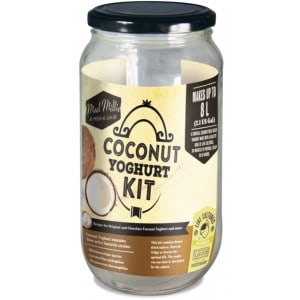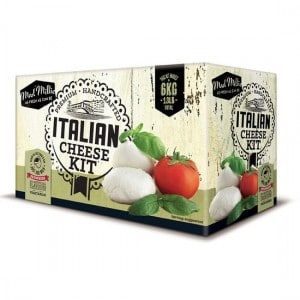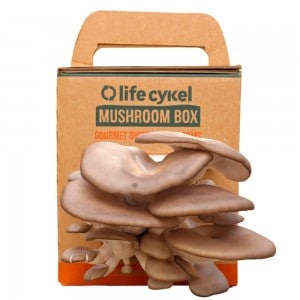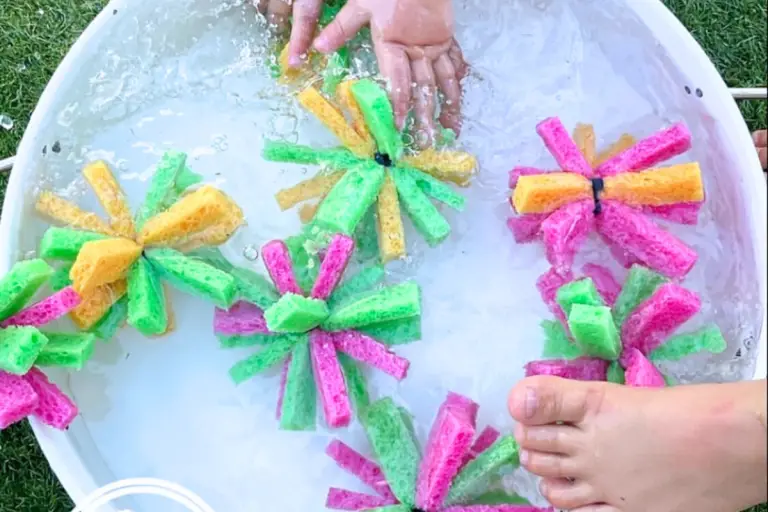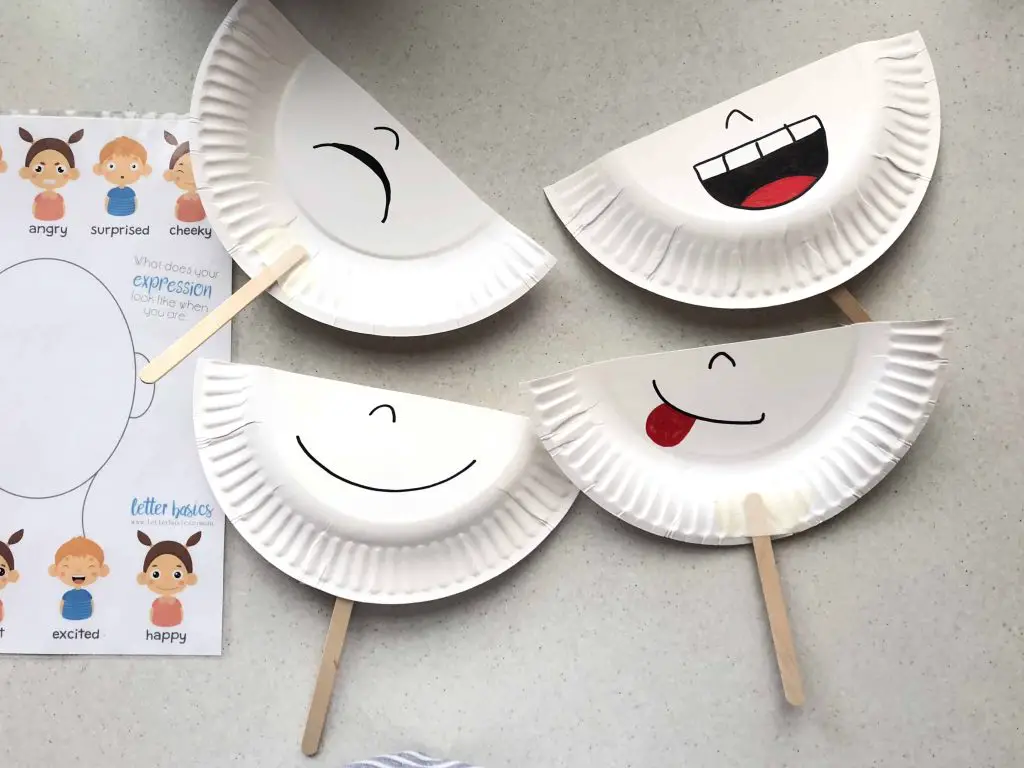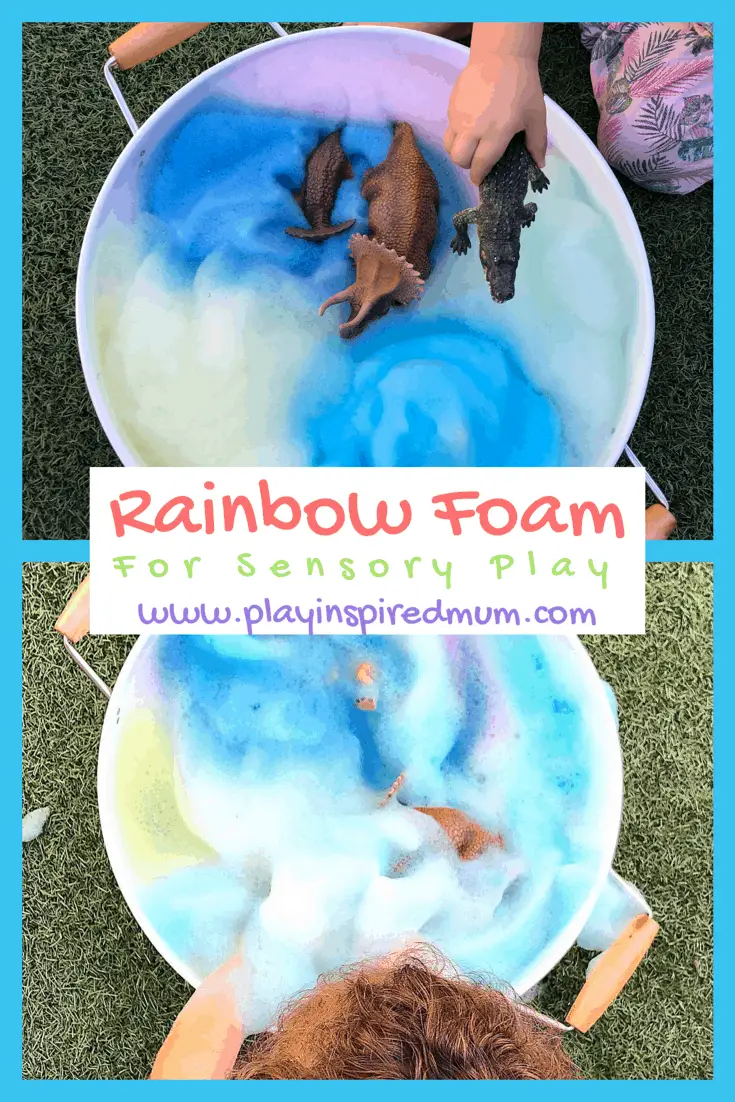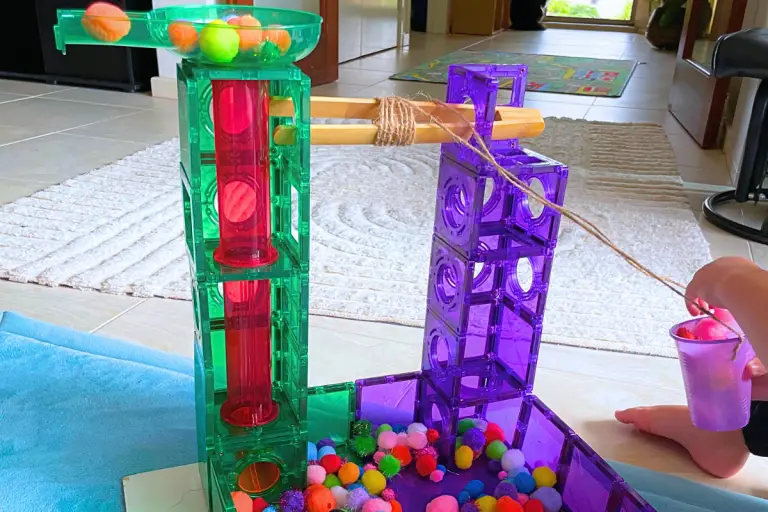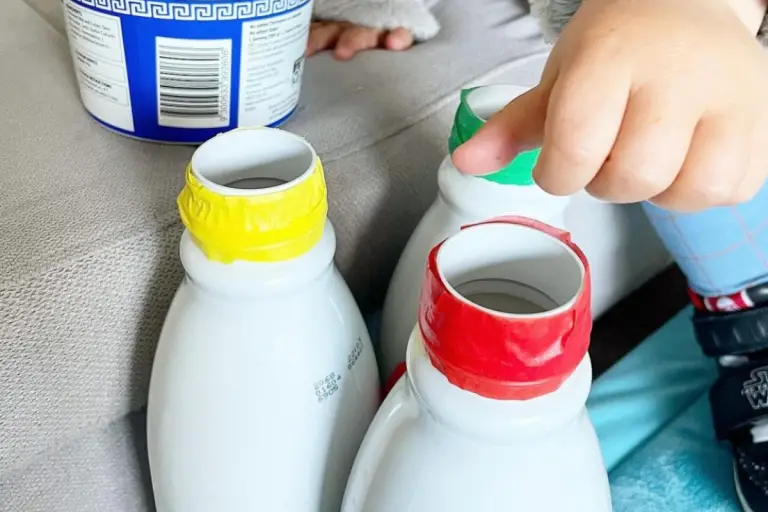Vegetable and Spice Based Dyes
Disclosure: This blog contains affiliate links which I may earn a small commission from if you purchase through them, at no extra cost to you.
gtag('config', 'UA-136794034-1');
We have embraced the COVID -19 isolation lifestyle, with loads of crafts and messy play activities. This being said, we are starting to run low of some important, yet non-essential supplies. With paint pots running low, we managed to source another way to play with colours. We made our own vegetable and spice based dyes.
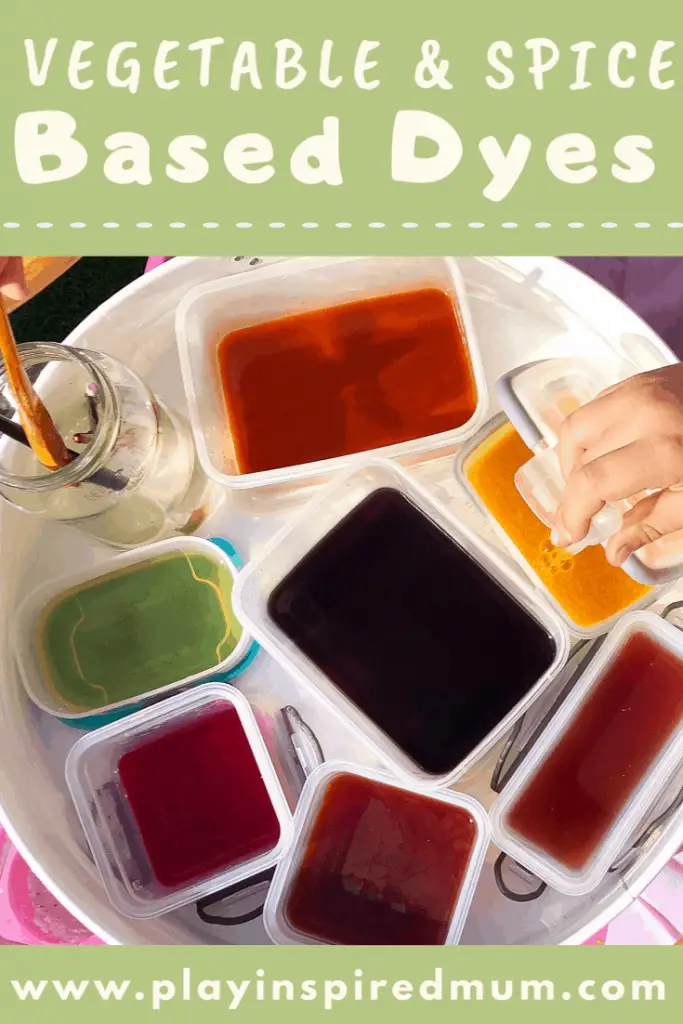
Vegetable and Spice Based Dyes
We love playing with colours. Paints, crayons, pom poms, counters and bottle tops are just a few things, coloured all the shades of the rainbow can be a huge focus of our play. When paint supplies started to run low. We sought out an alternative. After raiding some of the kid’s scraps from breakfast and a quick visit to the pantry, we had all we needed to create a collection of natural, vegetable and spice based dyes.
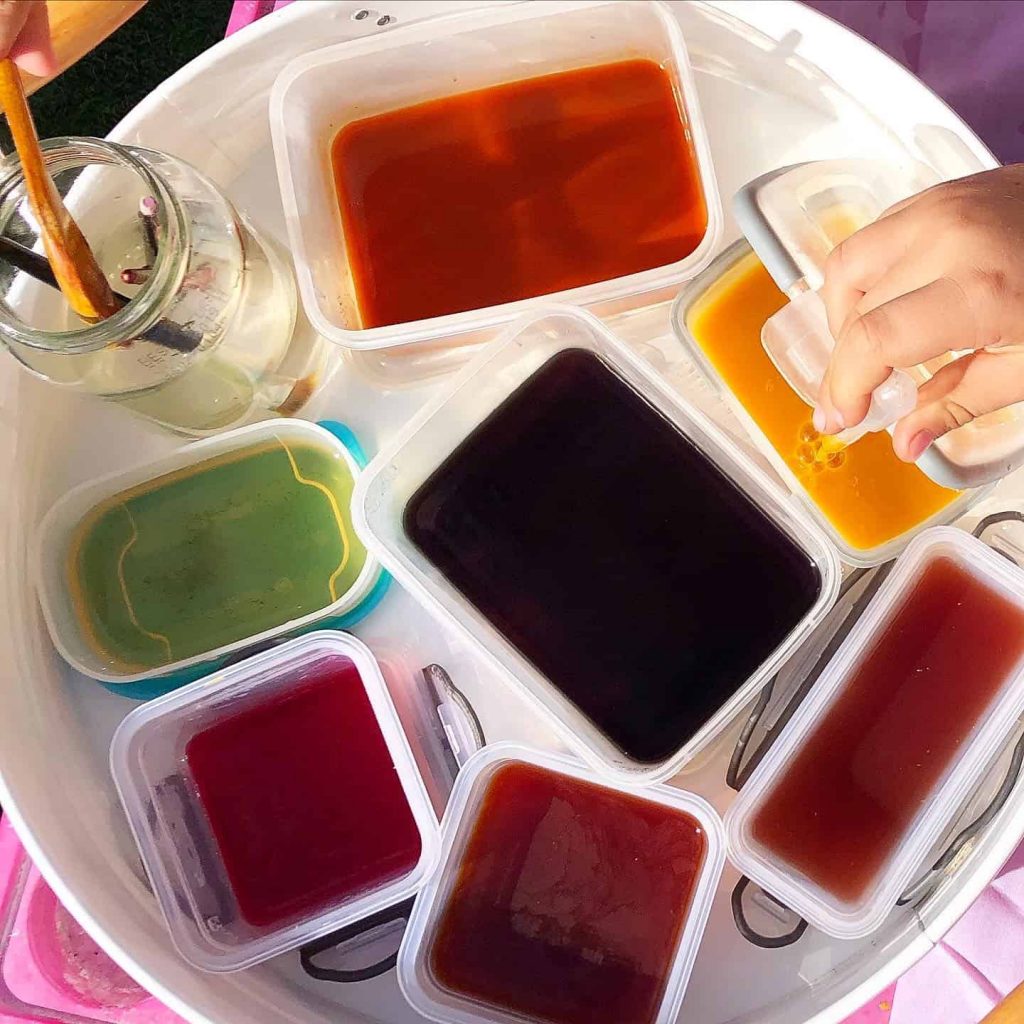
What you need to extract your Vegetable and Spice Dyes
- Saucepan
- Sieve
- Heat Resistant Spoon
- Small Jars or Containers
- Vegetable Scraps
- Spices
- Water
Which Vegetables make which colours
- Dragonfruit skin – Pink (and went almost gelatinous after being in the fridge which was unexpected)
- Onion skin – Orange/ Yellow
- Black-eyed peas – Black
- Dried Parsley – Pale Green ( I’m excited to bruise some fresh parsley to see if we can extract more chlorophyll)
- Tumeric – Yellow /Orange
- Paprika – Red
- Avocado Pit and Skin – Brown (apparently if you collect the pits and boil about 6 of them slowly, the colour released is purple. I was too excited to wait to collect that many but have added it onto the list of things to do)
- Purple/Red Cabbage – Purple ( Check out these fun science experiments you can create with the extract from purple cabbage)
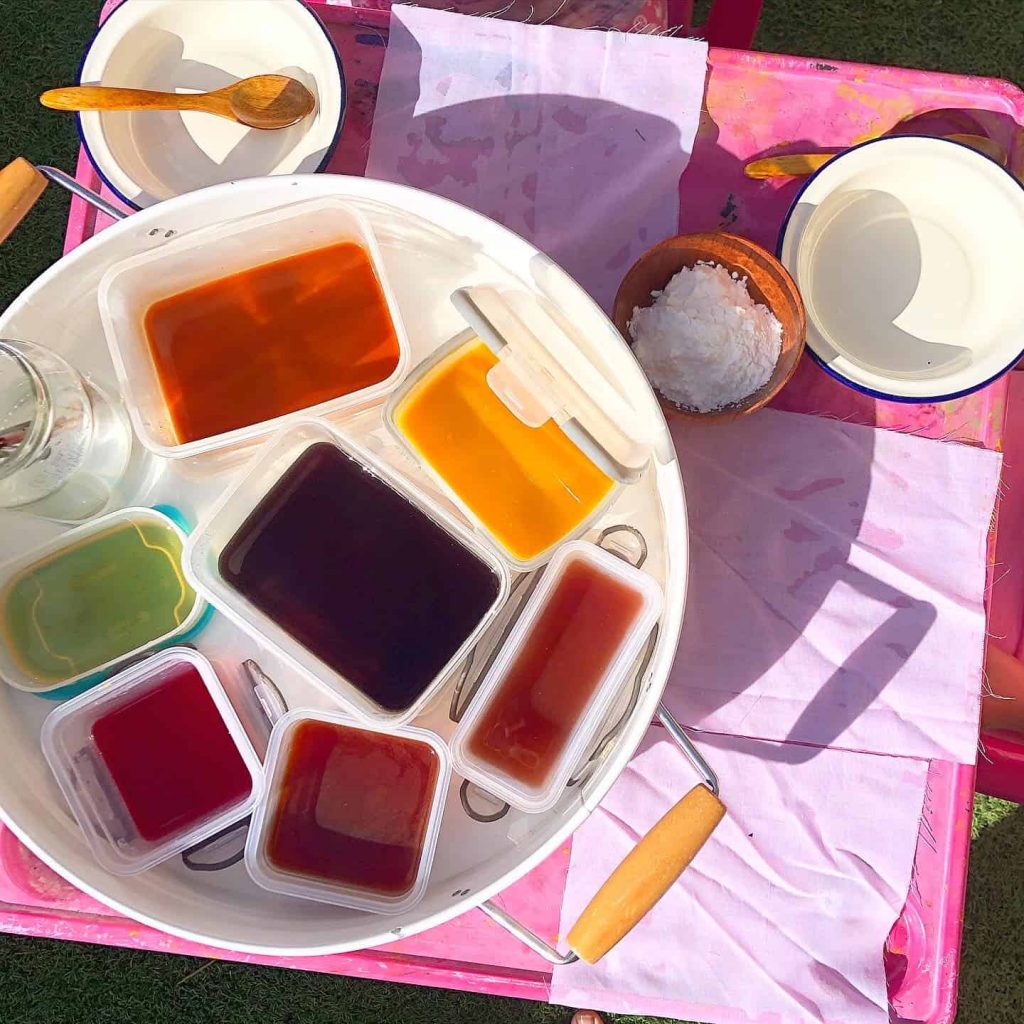
How to extract your Vegetable and Spice Dyes
Extracting the colour from the vegetables and ground spices is super easy. Given that heat is required, I would save the extraction side of things to an adult or older child with supervision. This being said, my younger ones loved watching the transition of the clear water changing colour. They each had a guess as to what colour would come of each of the elements. Once finished, they excitedly watched the concoction being strained to reveal the yield.
To extract the colour from your vegetables and spices, all you need to do is boil them. That’s it – nothing fancy going on here!
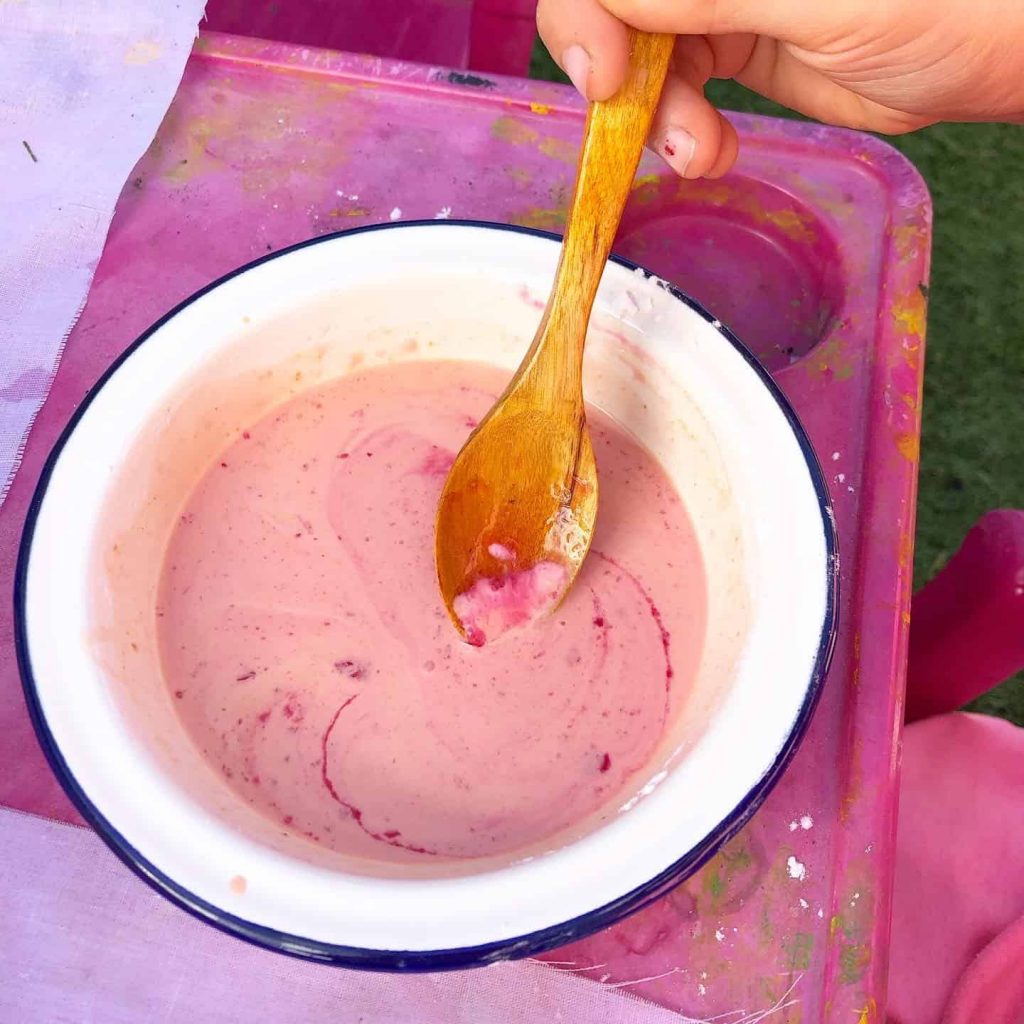
I added about 1/4 to 1/2 cup of water to our little saucepan over medium heat, then added our scraps. Using the heat resistant spoon, gently submerge the scraps so they are fully covered. Once boiling, reduce to a simmer to reduce the liquid and increase the colour concentration.
When extracting the colour from the ground spices, simply add a teaspoon to the water and stir to combine.
Each only took about ten minutes of boiling to extract the colour.
Once you are satisfied all the colour has leached into your water, strain the liquid into your jar or container using the sieve.
The liquids will be very hot. Please be mindful of younger children’s curiosity and remind them the dyes are hot and could burn them until cooled.
We had a great time raiding the pantry and collecting bits and pieces of food scraps to create these dyes. There were a few that we knew would be a sure thing and then a couple that we experimented with. Here are our findings:
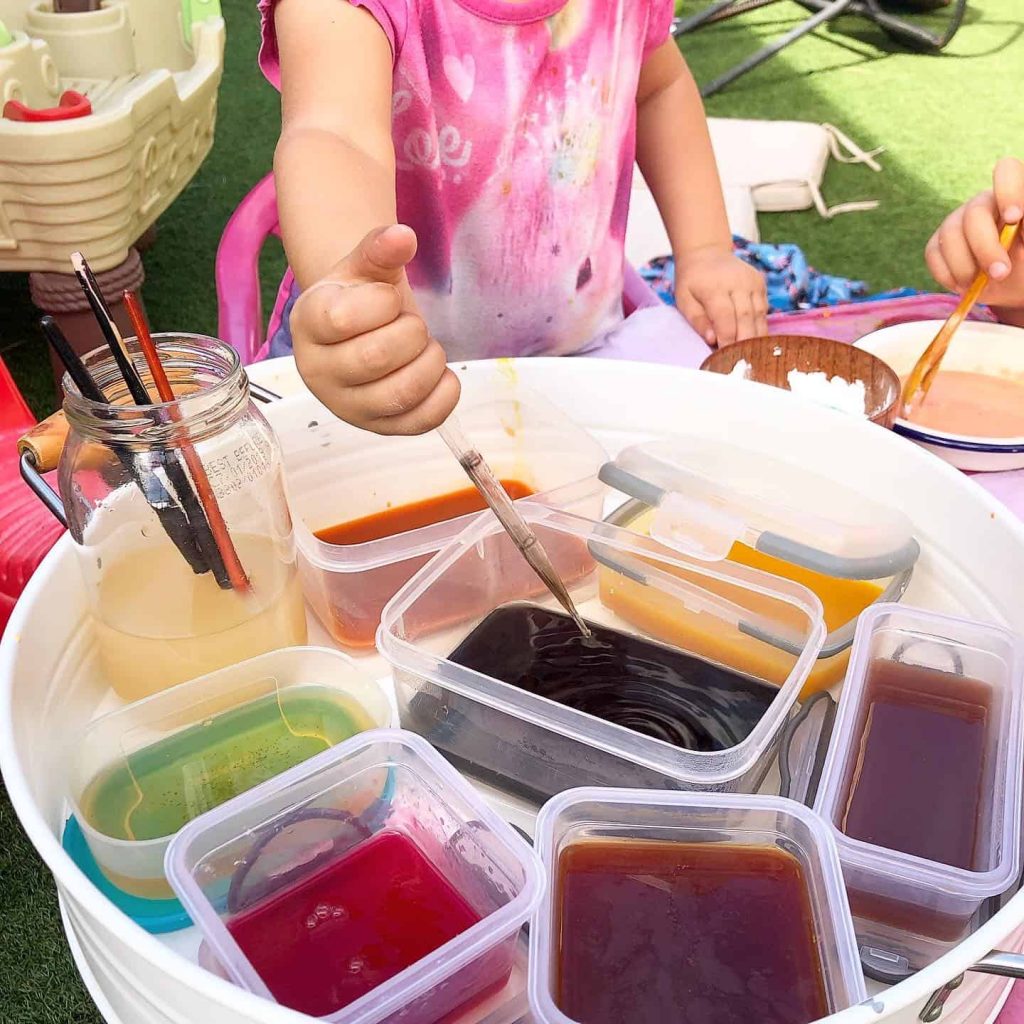
How to use Vegetable and Spice Based Dyes
There are so many different ways you can use these dyes.
Why not colour some natural playdough? Split the batch into smaller potions and knead small amounts of the dye into the dough. Add a sprinkle of flour if the playdough gets sticky.
Add dye to oobleck to create new colours! Create the coloured oobleck and then pour them into a shallow tray and watch them blend together with the aid of a trailing finger across the surface of the liquids.
Dye fabrics and wools. Soak damp fabrics and wool in the dyes. Leave them for a few hours before removing them to dry. This wont leave them colour fast but great for crafts!

Conversation Starters
There are a lot of experimental elements to this exercise – perfect to encourage questions and open up conversations around new exciting discoveries!
Here are some open ended questions that can encourage your child’s comprehension and higher order thinking:
- What are some vegetables that you think we could make dye from
- What part of the vegetable do you think would work best
- When have you seen colours come out of food before
- Who do you think might like to do this activity too
- What colour do you think will come out of this vegetable
- How long should we boil the scraps for
- What would you like to use the dye for
- What else could we use to extract colour from
- Where in the world do you think people may still use a similar way to get dyes as this
- What else could we use to extract colour from
- What could we mix with the dyes with
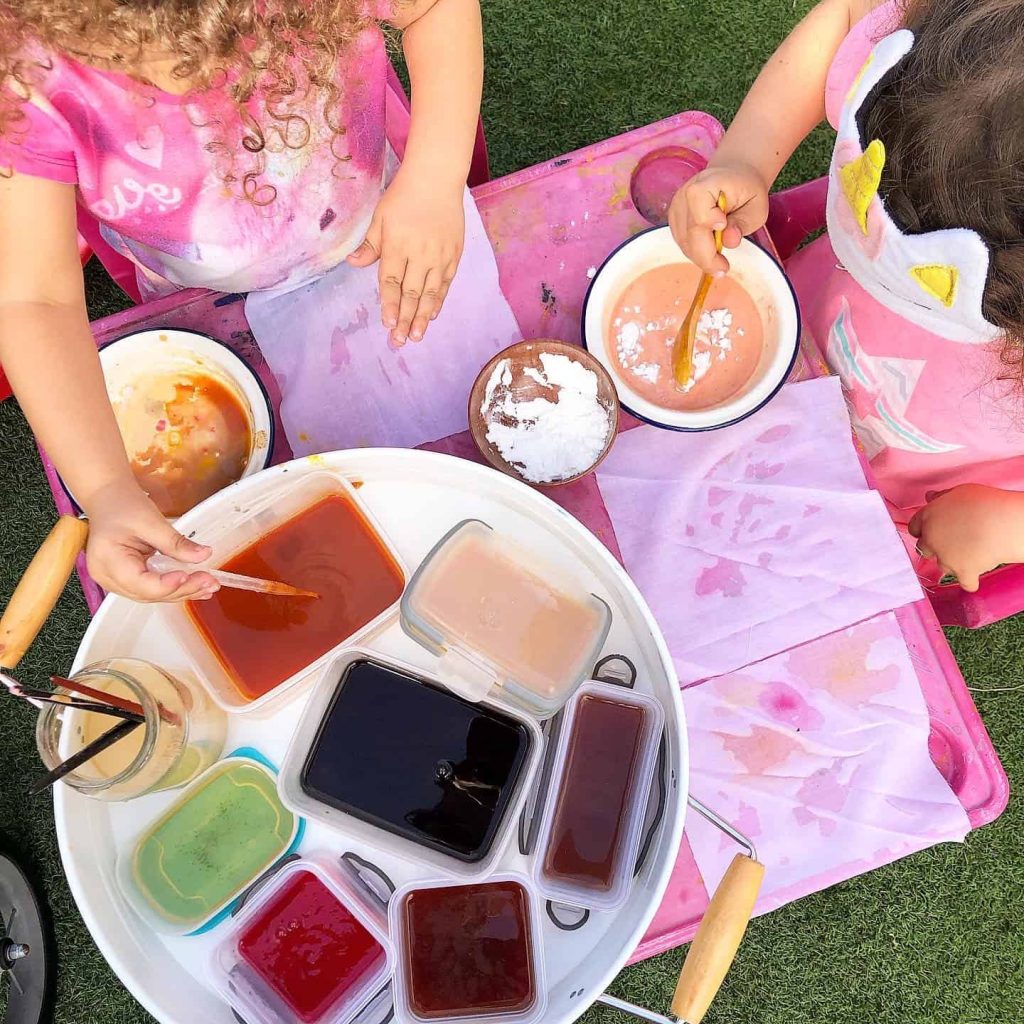
I hope you have fun with your family creating your very own dyes. I would love to see what you discover and create using these methods. Please feel welcome to join our Play Inspired Mum Facebook Community and share your experiences!
Dani D x

Disclosure: This Blog does contain affiliate links which I may earn a small commission from if you purchase through them, at no extra cost to you.


